Category: Equipment
July 10, 2015
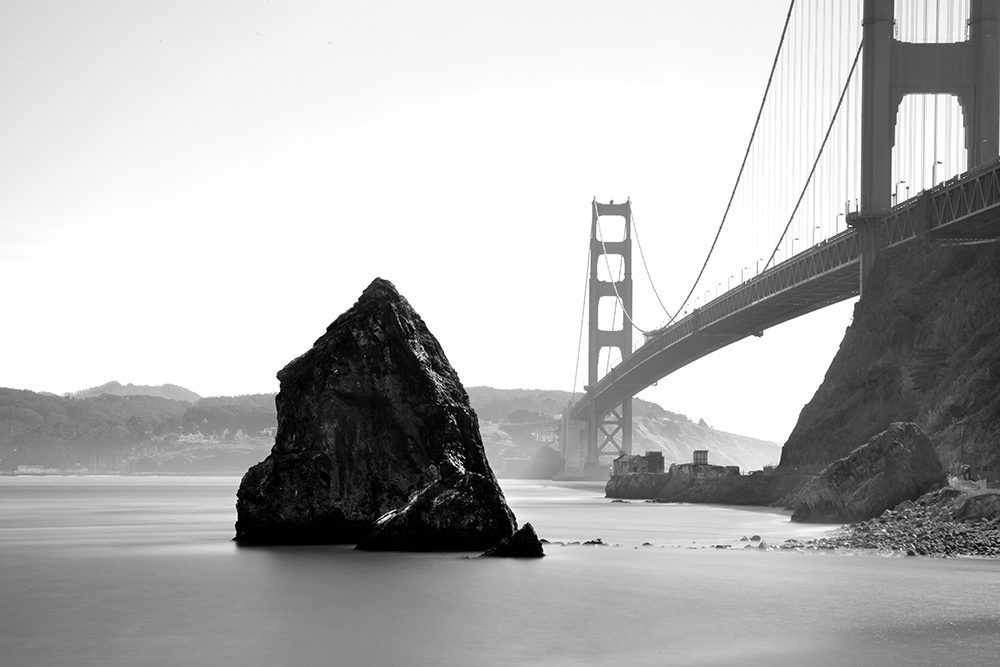

(Monolith No. 50 – NOT created with the Canon 5DSr!)
I’m on the road in Utah and Nevada with my 5DSr and I wanted to report in with some first impressions. Unfortunately I cannot post any images until I return home.
The new camera looks, feels and handles like the 5D Mk III and so I was able to get up to speed relatively quickly. That was nice. However to take full advantage of the many new features, I will have to spend some time going through the menus. As always, the number of features is overwhelming.

There are two new features that immediately caught my eye and got me excited for long exposure work, they are:
Delay After Mirror Lockup: You can set the shutter to trigger after the mirror has flipped up and settled down, making sure the vibrations are gone before the shutter opens. I have mine set to 1/2 second.
This means that mirror lockup can now be a one button press just like a regular shutter! I cannot tell you the number of times I had forgotten to turn off the old two-button mirror lockup and then pressed the shutter once thinking I was taking a picture, when I was not. This new feature will help avoid that mistake.
Bulb Timer: You can now set the length of your bulb exposure in the camera! No more using your watch (and forgetting where you started) and I can now ditch the digital kitchen timer that was always going off in my camera bag just as I was going through security.
Now let me combine these two features and show you why I think this is so great for long exposures. I can now press the shutter button once and the following occurs:
- The mirror flips up and settles down
- A half second later the shutter opens
- The shutter stays open for as long as I’ve programmed it for
- The shutter closes by itself
I can still choose to shoot with a cable release, but now if I forget to bring one, lose or break it, I can still shoot long exposures. I had this problem on Easter Island when both of my cable releases went bad and I was really in a pickle.
These new features means that I no longer “need” a remote shutter release (although I still choose to use one for convenience) but the important thing is that I’ll never be stranded like that again.
One issue Canon did not address is the light entering into the camera through the eyepiece which caused internal reflections on the left and right sides of the 5D Mk III images. I had suggested to Canon that they put a small shutter on the viewfinder that automatically triggered during long exposures…but they didn’t.
To address this I had been using a hat to cover the camera during exposure, but in wind this didn’t work too well. So I build a “flap” that mounted to the hot shoe:

Unfortunately the flap doesn’t seal well enough around my Hoodman HoodEYE eyecup and so I ended up using the hat trick again. I’ll need to work on this contraption some more.
Note: Many people point out to me that Canon provides a small viewfinder block that you can slip into the eyepiece. Unfortunately this block does not work with the Hoodman HoodEYE installed and the eyecup is required to get an accurate long exposure meter reading.
Summary: I purchased the 5DSr so that I could print my images larger and so it was an unexpected treat to find some new features that makes long exposure work easier. I like these new features very much!
I’ll not know what the images look like until I get home. I’m curious how the new 50mp sensor does with noise during long exposures since I found the Mk III to be noisier than the Mk II.
Cole
April 2, 2015
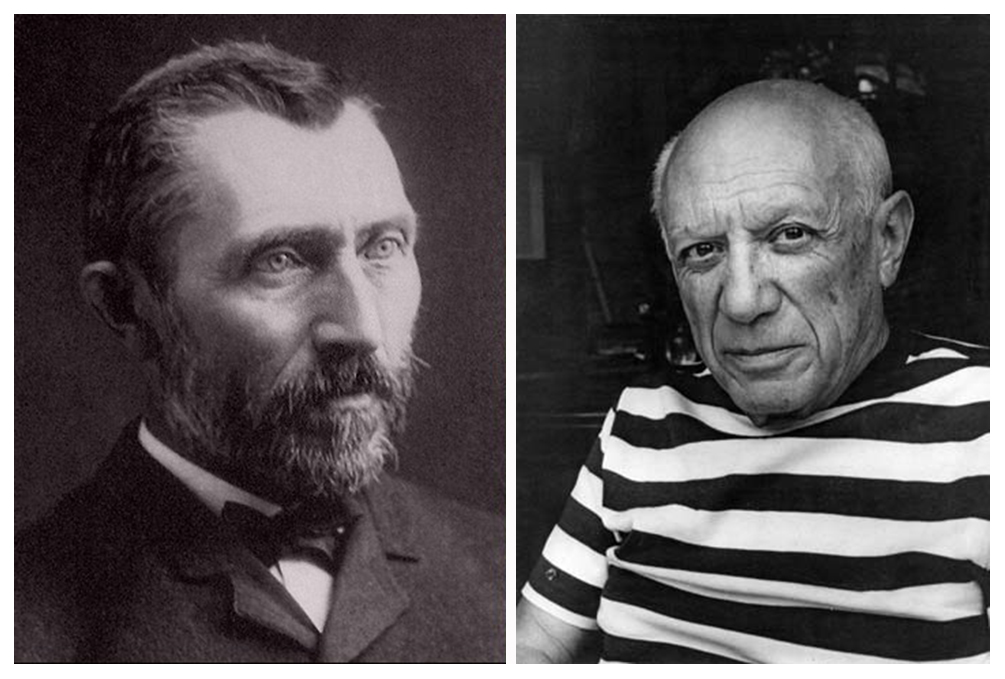
Pablo: Vinnie, how have you been? That’s a wonderful new piece you’ve created, what do you call it?
Vincent: I’m not sure, maybe “Big Moon in Sky” or something like that. My friend Don suggests I call it “Starry Night.” He wants to write a song about it!
Pablo: A question for you; what paint did you use on this? Is this the 3000 series?
Vincent: No! It’s the new 5000, I wouldn’t be caught dead using the 3000, have you seen the tonal range on those paints? Appalling!
Pablo: I agree, personally I wouldn’t ever purchase a painting if it used those paints.
Vincent: Agreed, what are those other painters thinking?
Pablo: This canvas is nice, what is it?
Vincent: It’s a new canvas, out of Germany and I like the texture on it but it’s still not exactly what I’m looking for. I’ve been searching and searching for the right canvas and I’m just not happy with anything yet.
Pablo: I know what you mean, I’ve been searching for years for the perfect canvas and will not rest until I do. Hey, I’ve been noticing the perspective on this piece and it leads me to believe that you’re using a 54? easel? Placing your canvas a little higher are you?
Vincent: Yes but not a 54, it’s a 57 and combined with those new Hartford stools (they have a great padded cushion) I sit so much higher and really like the feeling when I’m working. Plus, they adjust so easily.
Pablo: Wow, I’ll have to check those out, I think Al’s apothecary is carrying them.
Vincent: I heard a rumor that you’re trying some of those new camel hair brushes? Tell me it isn’t so Pablo!
Pablo: Where did you hear that? It’s true, but I’m not telling anyone. They are so much better than the cat hair brushes that I normally use. Have you tried them?
Vincent: I wouldn’t be caught dead with one of those, do you know what would happen people found out that I was using Camel hair! I don’t have to tell the scandal…
Pablo: I see you’re using those new frames from Friar Wilson, how do you like them?
Vincent: Pretty good, they’re a lot cheaper so my margins go way up. I need a little extra “ching” so that I can purchase that new satchel from Mary the Seamstress. Have you seen it, it matches my frock and is really nice for carrying around my supplies.
Pablo: Yes, those are nice, but not as nice as those wild colored ones made by the Maid Vivian!
Vincent: You’re nuts, those look horrible! You’ve a poor sense of color Pablo.
Pablo: Me??? You’re the one stuck in the past man, get with the times!
Vincent: Look at us, talking about paints, easels and brushes. Does any of this really matter? I mean, do you think photographers sit around and talk like this? I suspect not.
Pablo: Good point. Maybe there’s more to painting than equipment and tools?
Vincent: Perhaps it ought to be more about the art?
P.S. An accomplished painter friend read this post and said that this is exactly how painters act! And I thought that only we photographers were overly focused on our equipment.
September 18, 2014

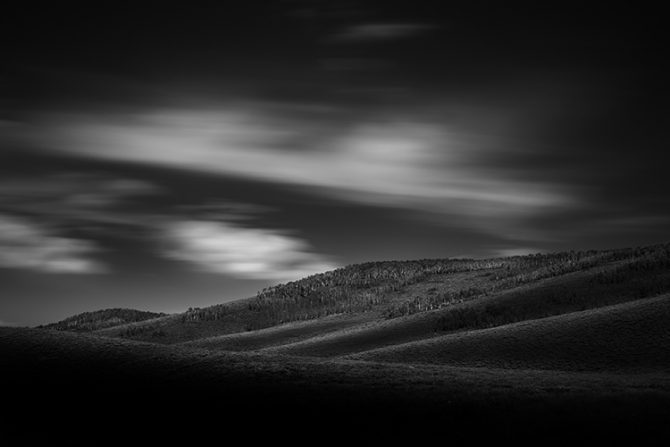 Utah Hills, Created with the Singh-Ray 15 Stop Fixed ND Filter
Utah Hills, Created with the Singh-Ray 15 Stop Fixed ND FilterAfter years of experimentation and trying various ND filter combinations, I have assembled what I believe to be the worlds perfect ND kit. It consists of the following:
5 stop fixed ND filter in 82mm
10 stop fixed ND filter in 82mm
15 stop fixed ND filter in 82mm
20 stop fixed ND filter in 82mm
Singh-Ray Vari-ND in 82mm
Step up rings on each of my lenses so they all can use 82mm filters
Those of you who are shooting long daytime exposures will appreciate what this means. I can now shoot with 5, 10, 15 or 20 stops of ND without stacking two filters together or vignetting!
I am in pig heaven. Seriously.
But my perfect kit would not be complete without a Singh-Ray Vari-ND filter. This is a variable filter that gives you between 3 and 8 stops of neutral density and it works just like a polarizer: turning it one way gives you more ND and turning it the other way gives you less.
It is critically important for me to have this variable filter because it allows me to photograph dynamic subjects (eg: people or other moving objects) quickly without removing the filter to compose the image.
With fixed filters the viewfinder is so dark that I cannot compose without removing the filter. And taking filters on and off takes precious time (which I may not have when photographing people) and sometimes I accidently change the zoom or focus settings, which ruins the shot.
With the Vari-ND I can dial the filter open, compose, and then close the filter down to shoot. I can do this very quickly which is critical.
The Vari-ND filter is the one piece of equipment that allowed me to photograph the ghosts at Auschwitz-Birkenau.

If had I visited the camps armed only with my fixed ND filters, I could not have created these images.
Now some of you looking at this list of filters might be thinking: everyone has heard of a 5 and 10 stop…but a 15 and 20???
Yes! Singh-Ray offers a 5, 10 and 15 stop filter and then they built a 20 stop filter for me (which I think they’ll be offering to the public before long).
Why would I want a 20 stop filter? Because it allows me to get an 8 and 16 minute exposure in bright daylight, and now I don’t have to stack to get it! Stacking creates some serious vignetting when shooting wide, here’s a before-and-after of a two stacked filter shot to illustrate:
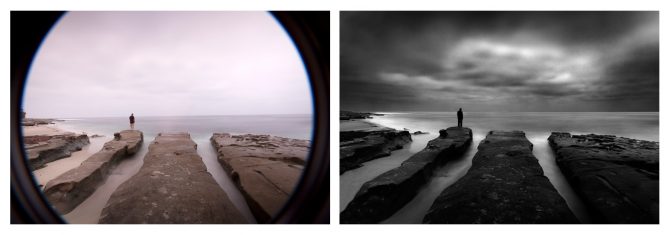
Being able to go from 5 to 20 stops without stacking is a huge deal for me.
I hope this doesn’t sound like a commercial for Singh-Ray because it’s not, but it is an honest plug. I’ve long depended on Singh-Ray’s filters, they are top quality and the customer service is unbeatable.
So if you’re wondering what ND filters to buy, here is the perfect combination of filters to aspire to.
Cole
P.S. Just to balance out all this technical talk, here is a favorite story of mine that puts equipment into perspective:
“A photographer went to a socialite party in New York. As he entered the front door, the host said ‘I love your pictures – they’re wonderful; you must have a fantastic camera.’ He said nothing until dinner was finished, then: ‘That was a wonderful dinner; you must have a terrific Stove.’” Sam HaskinsMarch 1, 2013


An imaginary discussion between Vincent Van Gogh and Pablo Picasso
Pablo: Vinnie, how have you been? Wonderful new piece, what do you call it?
Vincent: I’m not sure, maybe “Big Moon in Sky” or something like that. My friend Don suggests I call it “Starry Night.” He wants to write a song about it!
Pablo: Question for you, what paint did you use on this? Is this the 3000 series of paints?
Vincent: No! It’s the new 5000, I wouldn’t be caught dead using the 3000, have you seen the tonal range on those paints? Appalling!
Pablo: I agree, personally I wouldn’t ever purchase a painting if it used those paints.
Vincent: Agreed, what are those other painters thinking?
Pablo: This canvas is nice, what is it?
Vincent: It’s a new canvas, out of Germany and I like the texture on it but it’s still not exactly what I’m looking for. I’ve been searching and searching for the right canvas and I’m just not happy with anything yet.
Pablo: I know what you mean, I’ve been searching for years for the perfect canvas and will not rest until I do. Hey, I’ve been noticing the perspective on this piece and it leads me to believe that you’re using a 54″ easel? Placing your canvas a little higher are you?
Vincent: Yes but not a 54, it’s a 57 and combined with those new Hartford stools (they have a great padded cushion) I sit so much higher and really like the feeling when I’m working. Plus, they adjust so easily.
Pablo: Wow, I’ll have to check those out, I think Al’s apothecary is carrying them.
Vincent: I heard a rumor that you’re trying some of those new camel hair brushes? Tell me it isn’t so Pablo!
Pablo: Where did you hear that? It’s true, but I’m not telling anyone. They are so much better than the cat hair brushes that I normally use. Have you tried them?
Vincent: I wouldn’t be caught dead with one of those, do you know what would happen people found out that I was using Camel hair! I don’t have to tell the scandal…
Pablo: I see you’re using those new frames from Friar Wilson, how do you like them?
Vincent: Pretty good, they’re a lot cheaper so my margins go way up. I need a little extra “ching” so that I can purchase that new satchel from Mary the Seamstress. Have you seen it, it matches my frock and is really nice for carrying around my art supplies.
Pablo: Yes, those are nice, but not as nice as those wild colored ones made by the Maid Vivian!
Vincent: You’re nuts, those look horrible! You’ve got a poor sense of color Pablo.
Pablo: Me??? You’re the one stuck in the past man, wake up!
Vincent: Look at us, talking about paints, easels and brushes. Does any of this really matter? I mean, do you think photographers sit around and talk like this? I suspect not.
Pablo: Good point. Maybe there’s more to painting than equipment and tools?
Vincent: Perhaps it ought to be more about the art?
June 14, 2012
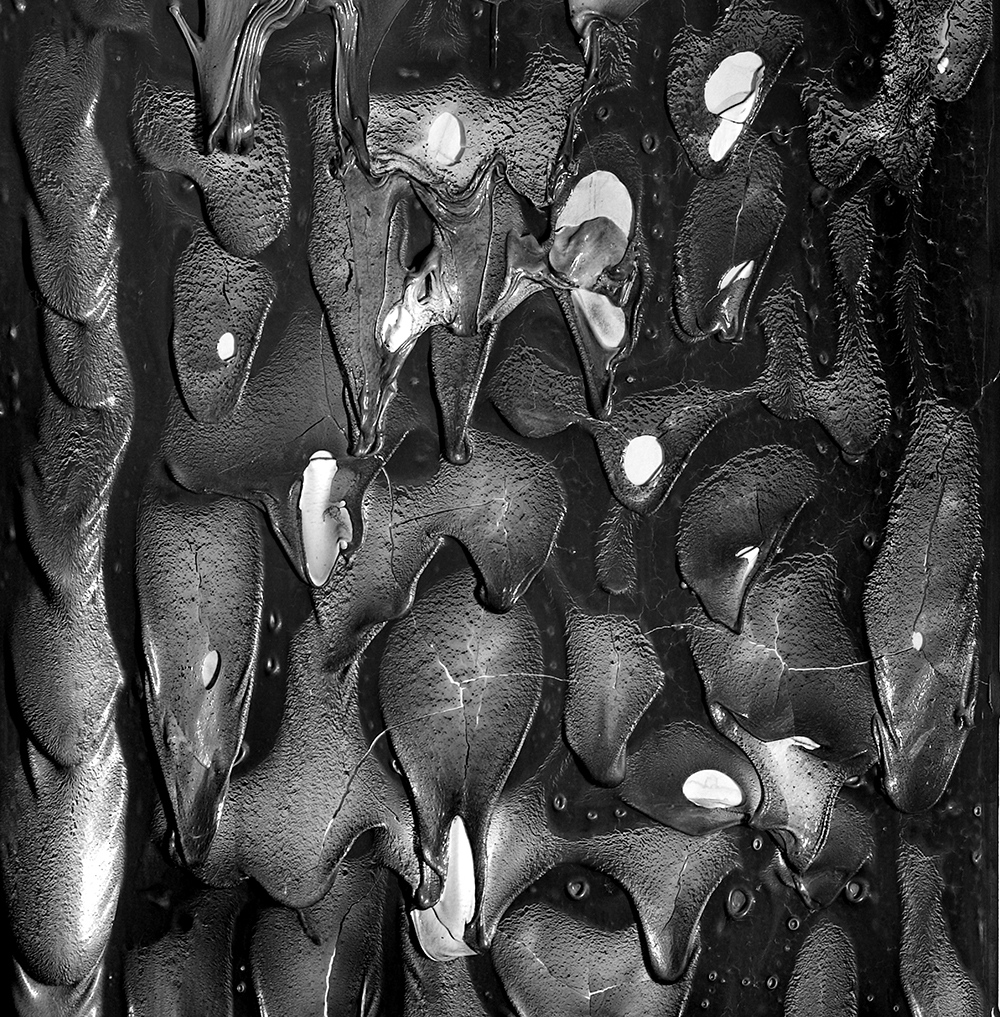
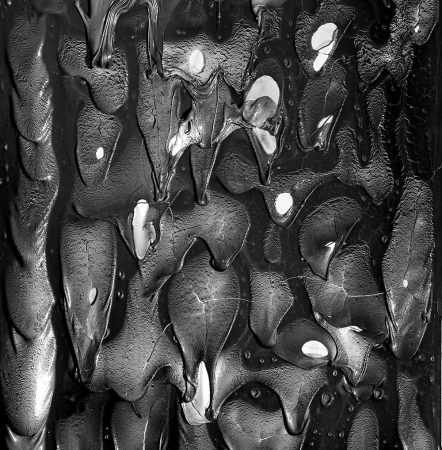
As many of you know, I live northwest of Fort Collins where a fire’s been raging for a week now. Sunday evening the fire got close to our home and we packed up a trailer and were ready to evacuate in a moment’s notice. Fortunately, we were not asked to leave and our home is now quite safe.
However this exercise taught me a valuable lesson: don’t wait until you have a fire to decide what you should take with you. I ended up taking my camera gear, my hard drives and my Ansel Adams’ print. I figured everything else could be replaced.
This near miss led to some valuable discussions with concerned friends about how to best backup our digital work. These days even film guys convert their images to a digital file for printing, so this topic might be of interest all. Let me simplify this sometimes complex topic and suggest five simple things you should do to protect your images.
And let me point out the obvious; backing up your work is not just in case of a fire or other catastrophic disaster, it also protects you from hard drive failure, power spikes, home flooding and a host of other big and little disasters. I know too many people who have lost everything because they didn’t have a backup.
Here are the five basic steps for backing up your work.

First, you should use a backup program that automatically runs each day. You do not want to rely on a backup plan that relies on your memory! My images are backed up automatically and I don’t do a thing. Simple, reliable and invisible.
Second, back up your primary drive to another hard drive in your office. This is the most basic protection from a hard drive failure, which is the most likely disaster you will encounter.

Third, use bare hard drives in external drive docks. This is a simple and inexpensive system that allows you to grab a drive and run in an emergency. I have about 20 drives in dual docks and I mark my essential drives with a red label so that in an emergency I can easily spot and grab them.

Fourth, you should also backup to the cloud. I have two cloud backups that continually run, ensuring that a copy of my images are safe even if a fire destroys my home.
Fifth, have an additional drive that backs up only once a month. This protects you against an accidental change to one of your images because it allows you to retrieve a file for up to a month. For example if I unknowingly make a change to my original file, within a day my backup has overwritten the good file with the bad one. By having one drive backup only once a month, I can retrieve that file once I discover the error. This gives you a 30 day protection against accidental errors that you do not immediately discover.
We have all heard the backup warnings over and over again, yet I am amazed at how many do not heed the warning. I guess it’s because our computers are so reliable and disasters so infrequently occur that we are lulled into a false sense of security. We just don’t believe that it will happen to us. But remember the old computer saying: it’s not “if” your hard drive will fail, but “when.”
Personally I just cannot take that risk, my life’s work is on my computer and if I were to lose it, I would be devastated. I refuse to allow that to happen.
Please do not put off properly backing up your work. If you cannot do everything all at once, then start with item 1 and work your way down the list, it is prioritized.
Cole
P.S. Here is specific information on the backup equipment I use:
Drives: Any brand of 10-12tb, 7200 rpm hard drive.
External drive bays: Dual docks by NexStar (available in USB and eSata)
Software: SyncBack SE by 2BrightSparks.com
Cloud Backup: Carbonite
P.P.S. Here is some additional information in answer to the great questions asked:
Carbonite: I use the cheap $59 a year plan that does not back up external hard drives. What I have done is install a large second internal hard drive and have all of my final images (TIFF’s) on that drive. I only back up these final files to the cloud, not my RAW or working files.
Slow Internet: I doubt anyone has slower internet that I do, I’m on microwave and I’m outside of the useful range of the transmitter. This means that my upload speeds are about 100k in good conditions and more usually 50k. My initial backup took more than a month and updates new files in its own sweet time. But that’s okay, I’m backed up and protected, speed is not an issue!
Cloud Security: Some people are concerned with the security of the cloud, I am not. It’s not like I’m Ansel Adams and people are motivated to hack into my cloud and steal my work! Actually if they want it that badly, they can simply go to my website and download the free wallpaper images. http://www.colethompsonphotography.com/Backgrounds.htm
Why 20 Drives? I have a lot of drives because I have a lot of images. I save all of my RAW files (I never delete any of them), all of my working files and all versions of my final files. All of these are backed up a number of times in different ways, for example one drive backs up three times a day. Another drive backs up once a day, another every week and another every month. Then I do all of that for my family pictures and also for my business files and documents. I have a lot to backup and I back everything up several times.
June 23, 2009
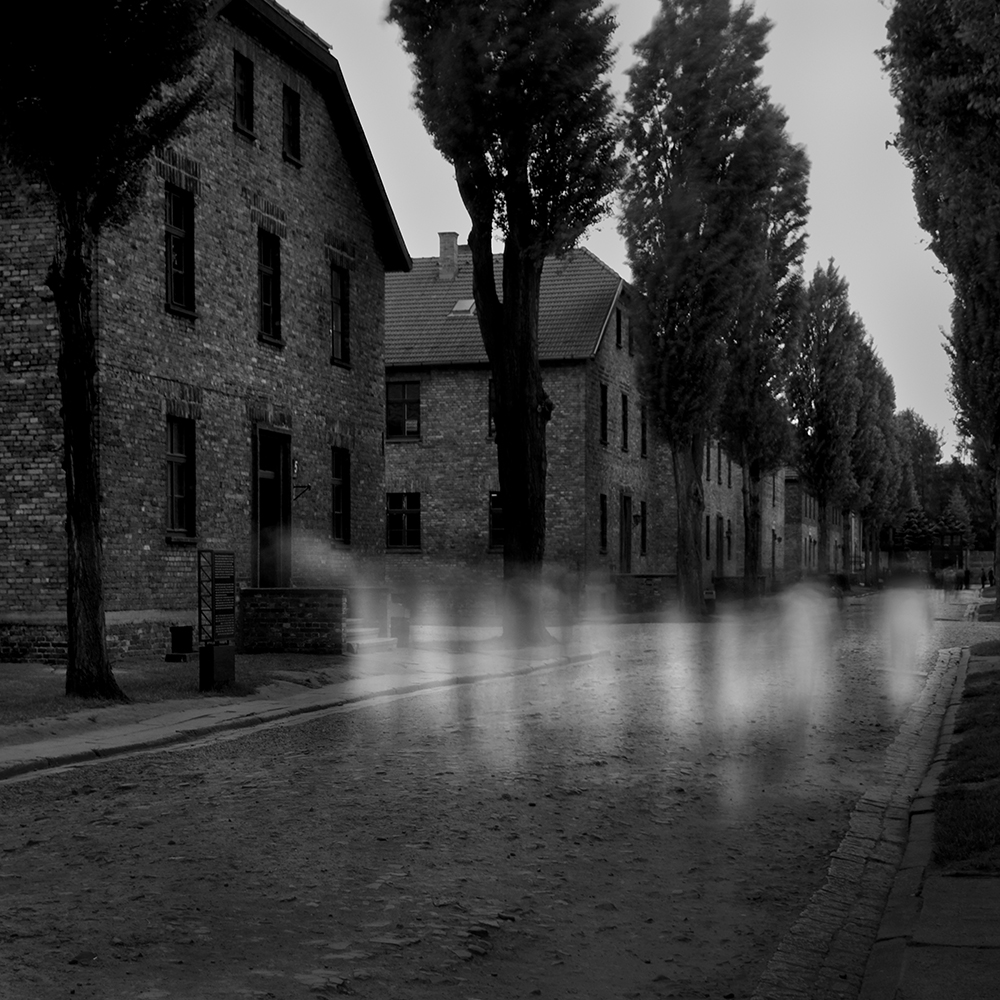

You’ve heard me rave about the Singh-Ray Vari-ND filter, the one that I use for many of my images? My work and a short article was recently featured on their blog.
Click Here to Read the Singh-Ray Blog Entry
Cole
February 1, 2009
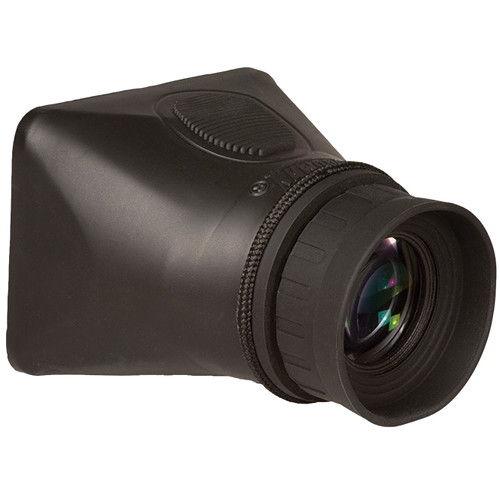
If you don’t have these four items, you’re at a definite disadvantage. I’m not into equipment, except where it helps me create a better image. For me the image is King, not the equipment.
But, there are four items that I find indispensable:
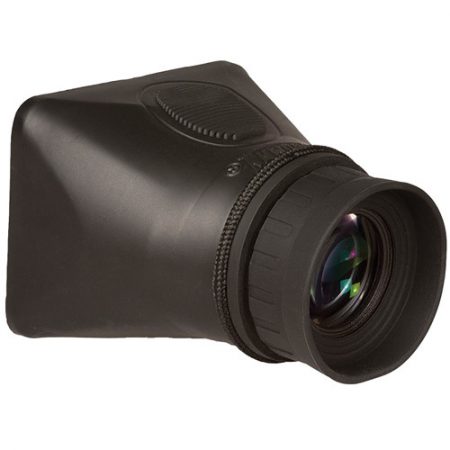
This loupe allows you to magnify and see your camera’s display in bright sunlight. Never come home again to find that the shot was not as sharp as you thought it was.
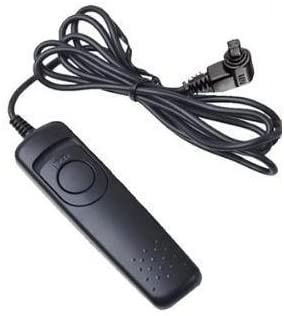
A tripod is of limited value if you move the camera when shooting. A shutter release, along with mirror lockup, is a must.
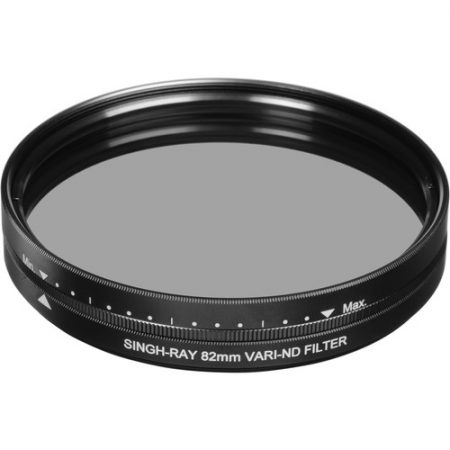
This is probably my most used accessory. A ND (Neutral Density) filter allows you to take long exposures during bright sunlight. This VARIABLE ND filter allows me to open the ND filter for composing and then close it for the shot. Opening or turning the filter one direction allows more light through and turning it the other direction makes it darker. Genius!
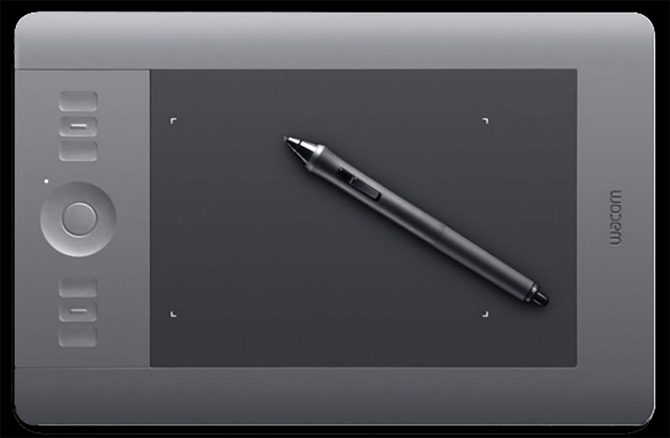
I’m old school, I primarily dodge and burn in Photoshop and that’s why Popular Photography called me “The Photoshop Heretic.”
These items have made a real difference in my work and I never go anywhere without them.
Cole
Disclaimer: I am not sponsored by these companies, nor do I receive any compensation for plugging them. I truly believe in these four items.




